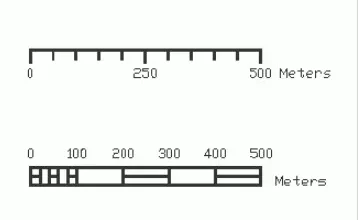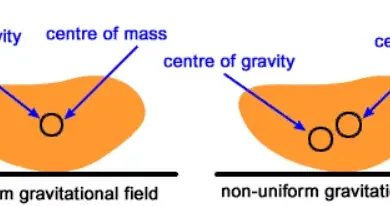Hydrodynamics: Definition, Types And Laws & Fluid Mechanics

By definition, hydrodynamics is the study of fluid motion, focusing on the behavior of liquids (usually water) and the forces acting upon them. It encompasses the principles governing fluid flow and the effects of pressure, density, and velocity on fluid behavior.
What is Hydrodynamics?
Hydrodynamics is the study of moving fluids and the forces that act on them.
In this context, hydrodynamics is a branch of fluid mechanics that deals with the flow of water or other liquids, or gases such as air. It covers topics such as how wind creates waves and what causes a tsunami to form.
In hydrodynamics, fluids in motion and the forces that act on them are studied. This includes things like how wind creates waves and what causes a tsunami to form.
What is fluid mechanics?
In this sense, we understand that fluid mechanics is the study of the behavior of fluids . The study involves understanding fluid statics, fluid dynamics and fluid kinematics.
So, this means that fluids are substances that adapt to the shape of their container but still retain a degree of freedom, such as the ability to flow. Fluids are a subset of fluids and include liquids and gases.
On the other hand, fluid statics is the study of fluids at rest. It involves understanding how pressure affects fluids in contact with surfaces, such as walls or containers, and how pressure changes when forces are applied to these surfaces by gravity or other forces acting on them.
Why is hydrodynamics important?
Hydrodynamics is the study of fluid flow.
In this way, it is important because it can be used to understand how fluids behave and can be used in engineering to design things like aircraft, ships, and submarines .
And the study of hydrodynamics has existed for centuries. One of the first people to investigate hydrodynamics was Leonardo da Vinci in the 16th century. Da Vinci studied the motion and forces affecting liquids and developed a mathematical formula for the pressure of water .
Do you know her? Let us know below in the comments.
What are the elements of hydrodynamics?
As you know, hydrodynamics is the study of fluid flow that includes a wide range of topics. Regarding the elements of hydrodynamics, they are the following:
-
Fluid properties
-
Flow rate
-
pressure distribution
-
Goo
-
Friction
What are the laws of hydrodynamics?
Additionally, hydrodynamics is the study of fluids in motion , with an emphasis on how friction and viscosity affect motion.
In other words, hydrodynamics is a branch of fluid dynamics that deals with the flow of liquids or gases . It can be defined as a branch of fluid mechanics that deals with forces acting on and within fluids.
Therefore, it is important to understand the laws of hydrodynamics because they govern the behavior of fluids when they come into contact with each other or when they flow through a system. The three basic laws are:
-
The law of conservation : This law states that mass is neither created nor destroyed, but can change shape. For example, if you pour water into a container and then take it out again, there will be a net gain in water volume. The water will have changed its form from liquid to vapor.
-
Conservation of Momentum: This law states that there is no net loss of momentum or change in momentum. For example, if you balance a book in your hand and then drop it, the book will fall effortlessly into your hand.
-
The Law of Continuity: This law states that a system in equilibrium will remain in equilibrium unless an external force acts on it.
What does the law of conservation of energy in hydrodynamics indicate?
The law of conservation of energy is a fundamental law of nature. It states that the total energy of an isolated system is constant and cannot be created or destroyed.
The law is applicable in any natural process, such as hydrodynamics. In hydrodynamics , this law states that the total kinetic energy before and after a collision between two objects remains unchanged.
Uses of hydrodynamics in real life
Hydraulics is the study of fluids at rest and in motion . Hydraulic engineering is the application of that study to the design, construction and operation of hydraulic machines.
It is also used in other engineering fields such as irrigation engineering.
Types of hydraulic machines and devices
Hydraulic machines are mechanical devices that use the principles of fluid power. This type of machinery is used in many industries, including construction, mining, and manufacturing.
The following list includes some of the most common hydraulic machines used in a variety of industries:
-
Boom Truck – A boom truck can be used to lift, lower, and transport objects.
-
Hoist : A hoist is a mechanical device that uses hydraulic power to lift or lower objects. This machine is typically used in industries such as construction and manufacturing.
-
Hose reel : The hose reel is a machine that consists of an arm with multiple hoses and a reel at the end. The arm is raised, lowering the hoses into a vat. This machine is normally used in an industry such as manufacturing.
-
Horizontal milling machine: A horizontal milling machine uses a spindle to cut materials such as wood, plastic or sheet metal into thin strips that are then formed with rollers or joined together to form larger objects.
-
Hydraulic Ram: A hydraulic ram is a machine with a piston and a cylinder that can push and pull to raise or lower heavy objects. This machine is typically used in industries such as construction and mining.



